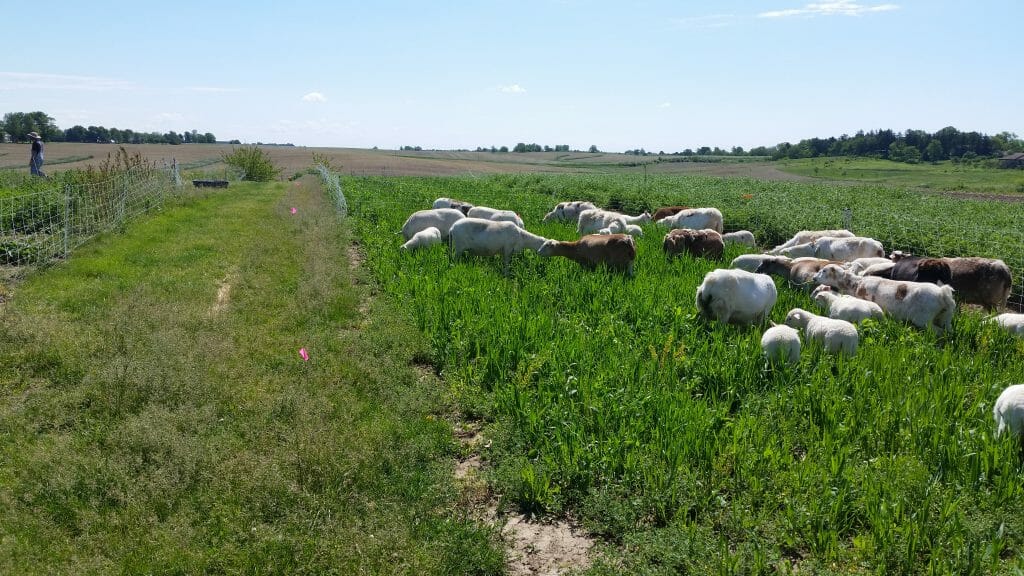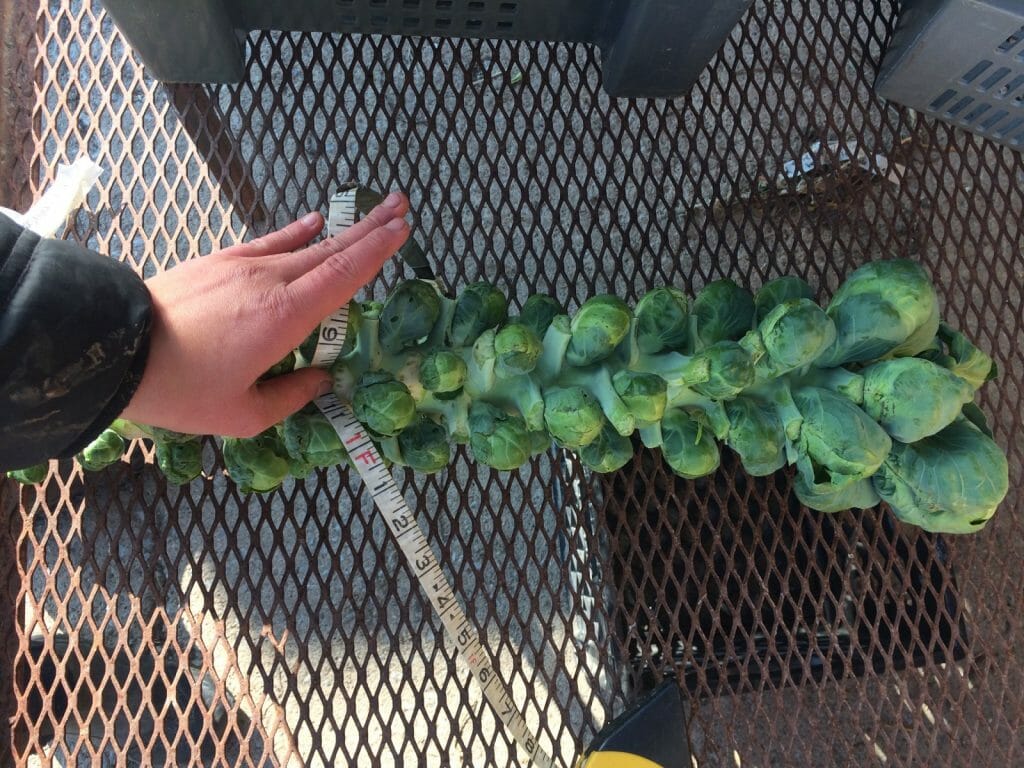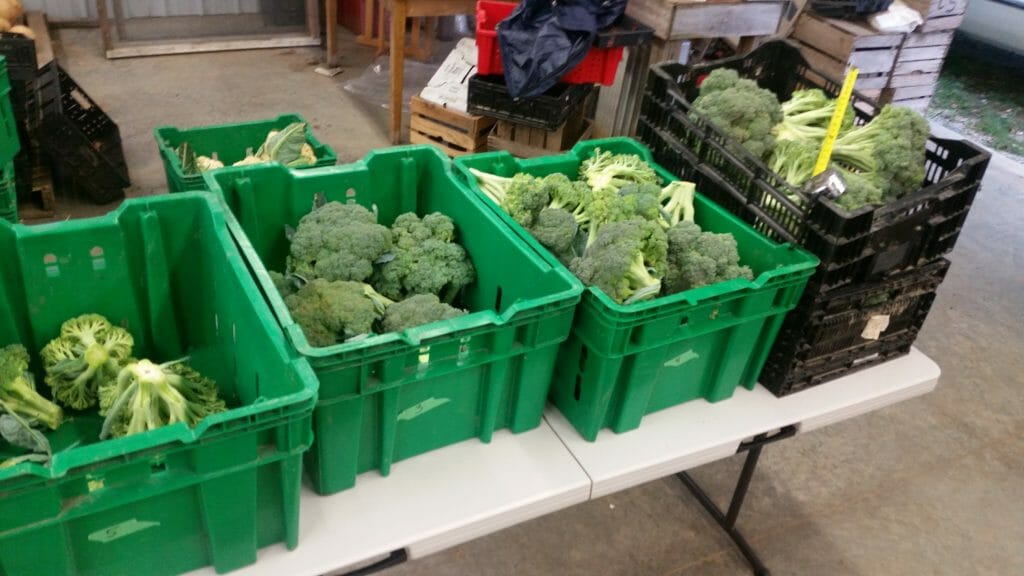RESEARCH REPORT: Brassica Yield Following Grazed and Un-Grazed Cover Crops
Carmen Black and Mark Quee raise sheep on their diversified vegetable farms. They were curious if grazing a cover crop prior to a fall crop, rather than simply terminating the cover crop by mowing and tillage, would have an impact on the yield of the next crop. For this trial each farmer measured the yield of a fall brassica crop following grazed and un-grazed cover crops. Said Black, “I’m interested in finding ways to incorporate my sheep into my vegetable operation more holistically, but also in compliance with food safety regulations. This trial will allow me to see if there’s any measurable difference right away.”
The full Practical Farmers’ Research Report is now available.
Methods
Farmers set up plots in a randomized, replicated pattern. During the spring, a cover crop of oats and peas was seeded to all plots. Farmers used moveable electric fence to exclude the sheep from control (cover-only) plots, while the treatment plots were grazed. Quee grazed sheep in the plots on May 30; Black grazed sheep in her plots on June 5. Biomass samples were taken from all plots by clipping aboveground foliage at ground-level (four 1-ft2 quadrats per plot), air-dried and weighed at the Practical Farmers of Iowa office. Biomass results are reported on a dry matter (DM) basis. Production practices, grazing, planting and harvest information for each farm is available in Table 1.

After termination of the spring cover crop by grazing or mowing and tilling, Black and Quee seeded fall brassica crops. The rows ran the length of the plots. Quee measured broccoli (cv. Gypsy) yield; Black measured Brussels sprouts (cv. Diablo) yield. Planting, management and harvest practices were consistent across treated (grazed) and control (un-grazed) plots. For broccoli, Quee counted, weighed and measured the width of heads in each plot. For Brussels sprouts, Black harvested entire stalks, then counted and measured sprouts, and graded sprouts based on USDA criteria for color and firmness, by plot.
Results
Brussels sprout yield at Black were not statistically different in grazed and un-grazed plots; only color ranking was statistically different, with the grazed plots tending lighter green than un-grazed
plots. Average number of sprouts per plant was 76.6 in the grazed plots, and 64.9 sprouts/plant in the un-grazed plots. Sprouts in grazed plots, on average were slightly larger and more firm than in un-grazed plots, but the means were not statistically different. “Sometimes you imagine you see a difference in the treatment plots,” said Black. “Just looking at the plants I didn’t think there was a difference. And even though the means are not statistically different, 12 sprouts per plant is a big difference. It shows the importance of actually counting,” she said.

Quee had nice sized broccoli crowns, though the average weights were not statistically different by treatment. Crowns averaged 1.44 lb/crown and 1.35 lb/crown for the grazed and un-grazed plots, respectively. There was not a statistically significant difference between plant yield (lb/ft2) or crown yield (crown/ft2).

Black is interested in grazing more spring-seeded cover crops based on trial results; Quee plans to stay with his current system of grazing in fallow years and in the early spring and late fall.
Click here or on the image below to view the .pdf of the full research report.





